#1974-75
Photo
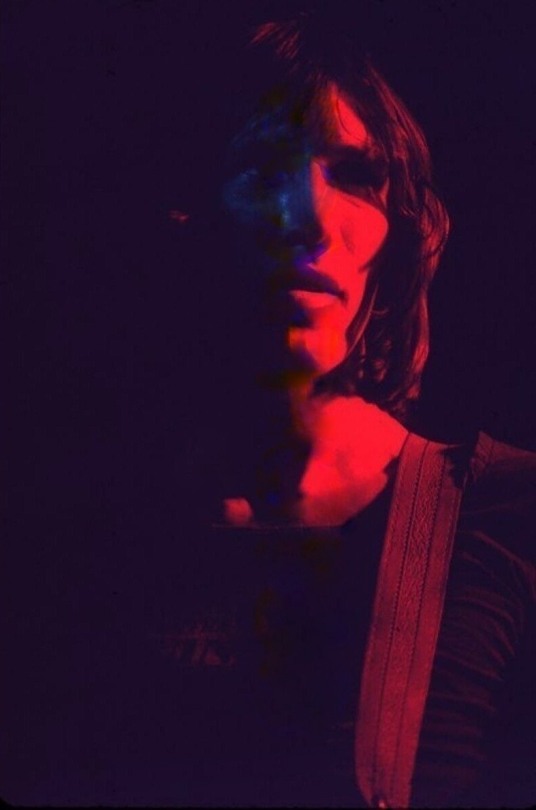
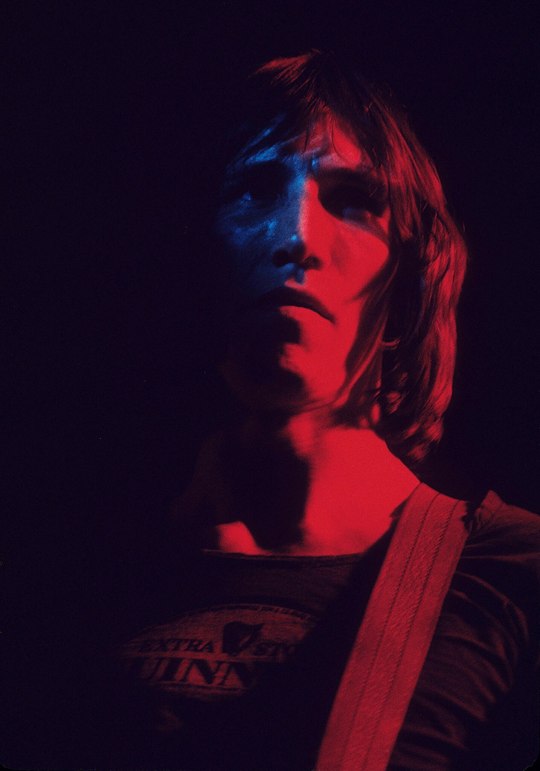
Roger Waters Pink Floyd 1974-75. © Jeffrey Mayer.
97 notes
·
View notes
Text

US Vogue October 1974
Rene Russo wears a small black velvet tuxedo, by Yves Saint Laurent, in Gandini silk. Hairdresser, Alexandre de Paris, using a Kanekalon wig. makeup, Ray Bandy.
Rene Russo porte un petit smoking en velours noir, par Yves Saint Laurent, en soie Gandini. Coiffure, Alexandre de Paris, utilisant une perruque de Kanekalon. maquillage, Ray Bandy.
Photo Francesco Scavullo
vogue archive
#us vogue#october 1974#fashion 70s#1974-75#fall/winter#automne/hiver#haute couture#french designer#french style#yves saint laurent#alexandre de paris#kanekalon#gandini silk#rene russo#francesco scavullo#tuxedo#smoking#evening set
37 notes
·
View notes
Text

Pallacanestro Varese 1974-75.
Da sinistra l'allenatore Sandro Gamba, Yelverton, Gualco, Zanatta, Carraria, Rizzi, Meneghin, Morse, Bisson, Ossola, Salvaneschi, Rusconi e il vice allenatore Bruno Arrigoni.
5 notes
·
View notes
Text
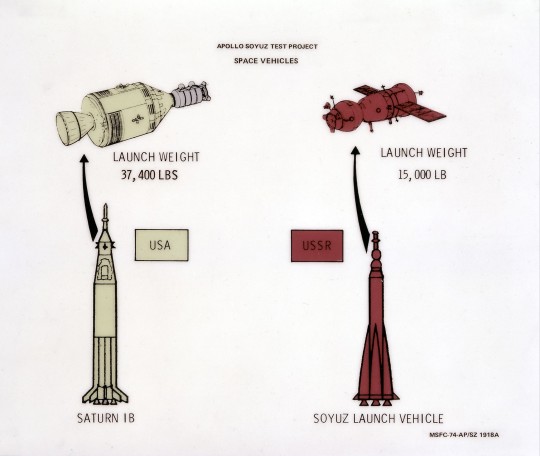
Saturn Apollo Program
"This illustration depicts a comparison of two space vehicles, the U.S.'s Saturn IB launch vehicle and the U.S.S.R.'s Soyuz launch vehicle, for the Apollo-Soyuz Test Project. The ASTP was the first international docking of the U.S.'s Apollo spacecraft and the U.S.S.R.'s Soyuz spacecraft in space. A joint engineering team from the two countries met to develop a docking system that permitted the two spacecraft to link in space and allowed the two crews to travel from one spacecraft to the other. This system entailed developing a large habitable Docking Module (DM) to be carried on the Apollo spacecraft to facilitate the joining of two dissimilar spacecraft. The Marshall Space Flight Center was responsible for development and sustaining engineering of the Saturn IB launch vehicle during the mission."
Date: June 1974
NASA ID: 0101490
#Apollo–Soyuz#Apollo Soyuz Test Project#ASTP#Apollo CSM Block II#CSM-111#Docking Module#SLA-18#Saturn IB#SA-210#Rocket#Apollo Program#Apollo Application Program#Soyuz 19#Soyuz 7K-TM#No.75#Soyuz-U#Soviet Space Program#June#1974#diagram#infographic#NASA#my post
58 notes
·
View notes
Text

antonio cabrini and paolo rossi during the 1972 allievi tournament final (x)
#paolo rossi#antonio cabrini#edit: so apparently this was from 1972 and not 1974/75#so they were 15/16 here
6 notes
·
View notes
Text
Mid-70s disaster movie posting, based on mine and @academicgangster's mutual disappointment about McQueen losing to Heston in the @hotvintagepoll

#towering inferno#airport 75#airport 1975 (1974)#I'm not as mad at plummer beating newman so that isn't getting a meme#my edits
7 notes
·
View notes
Text

#The Grateful Dead and their wall of sound in 1974. It was three stories high#100 feet wide and weighed 75 tons with six independent sound systems using eleven separate channels. Because each speaker carried just one#the sound was exceptionally clear and free of distortion.#arto71#oldschool
19 notes
·
View notes
Photo

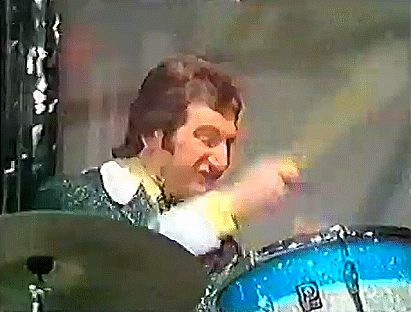
#malcolm allured#showaddywaddy#three stars#rave on#45#1974#MALCOLM#MALCOLMMMMMMM#YOU'RE#SO CUTE#sorry i love him i can't help it#okay most of their videos from around 74 i think#he does not wear sunglasses because he didn't adopt that look yet#and before that#which i think the only thing from before that was the clip of them on new faces which is where they really took off#in 1973#every 75 video i've seen he's wearing them#and past that#i love him so much#ALSO THEY DID THIS SONG SO GOOD LIVE WHAHSDGSDYDHSSDG BUDDY'S VOICE#THE TRIBUTE SONG TO BUDDY HOLLY#showaddywaddy gifs
2 notes
·
View notes
Text
Recopa de Europa - 15ta. Edición - 1974/75
https://josenicolascarluccio.blogspot.com/2023/10/recopa-de-europa-15ta-edicion-197475.html
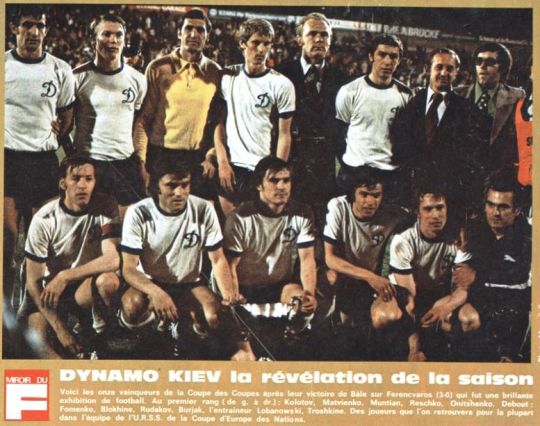
View On WordPress
0 notes
Text

Incredible sentence in the Oregon Historical Quarterly
0 notes
Text

US Vogue October 1974
Rene Russo wearing a pearl necklace and black silk crepe de chine dress with ruffled collar, high waist and ruffled mid-calf skirt, braided in Gandini silk by Yves Saint Laurent.
Hairdresser, Alexandre de Paris, using a Kanekalon wig. makeup, Ray Bandy.
Rene Russoportant un collier de perles et une robe en soie crêpe de Chine noire avec col volanté, taille haute et jupe mi-mollet à volants, tressée en soie Gandini par Yves Saint Laurent.
Coiffure, Alexandre de Paris, utilisant une perruque de Kanekalon. maquillage, Ray Bandy.
Photo Francesco Scavullo
vogue archive
#us vogue#october 1974#fashion 70s#1974-75#fall/winter#automne/hiver#haute couture#french designer#french style#yves saint laurent#alexandre de paris#kanekalon#ray bandy#rene russo#francesco scavullo#evening set#robe du soir#crêpe de chine#gandini silk
21 notes
·
View notes
Text
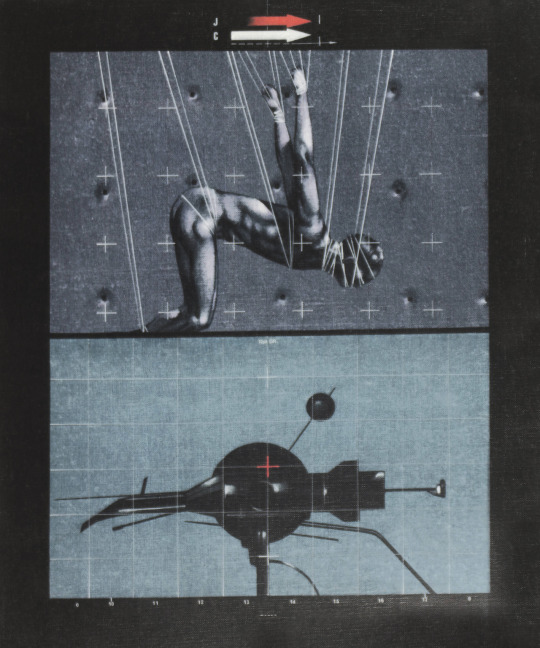
Sergio Sarri - Studio per esperimento (acrylic on canvas), 1974-75
1K notes
·
View notes
Text
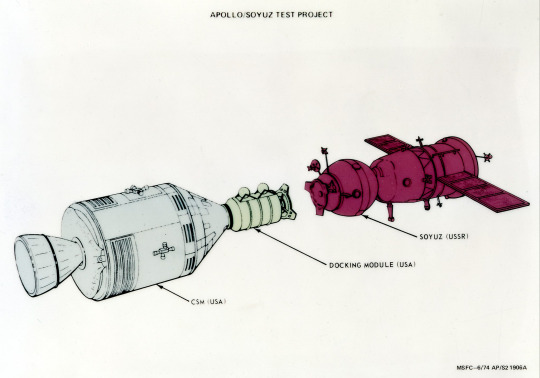
"This illustration shows the docking configuration of the Apollo-Soyuz Test Project (ASTP). The ASTP was the first international docking of the U.S.'s Apollo spacecraft and the U.S.S.R.'s Soyuz spacecraft in space. A joint engineering team from the two countries met to develop a docking system that permitted the two spacecraft to link in space and allowed the two crews to travel from one spacecraft to the other. This system entailed developing a large habitable Docking Module (DM) to be carried on the Apollo spacecraft to facilitate the joining of two dissimilar spacecraft. The Marshall Space Flight Center was responsible for development and sustaining engineering of the Saturn IB launch vehicle during the mission. The ASTP marked the last use of the Saturn Launch Vehicle."
Date: June 1974
NASA ID: 0101491
#Apollo–Soyuz#Apollo Soyuz Test Project#ASTP#CSM-111#NASA#Apollo Program#Apollo Applications Program#Docking Module#Soyuz 19#Soyuz 7K-TM#No.75#Soyuz-U#Rocket#Soviet Space Program#June#1974#infographic#my post#artwork#concept art
39 notes
·
View notes
Text

Krekenbuurt Housing Development (1974-75) in Zwolle, the Netherlands, by Benno Stegeman
514 notes
·
View notes
Photo
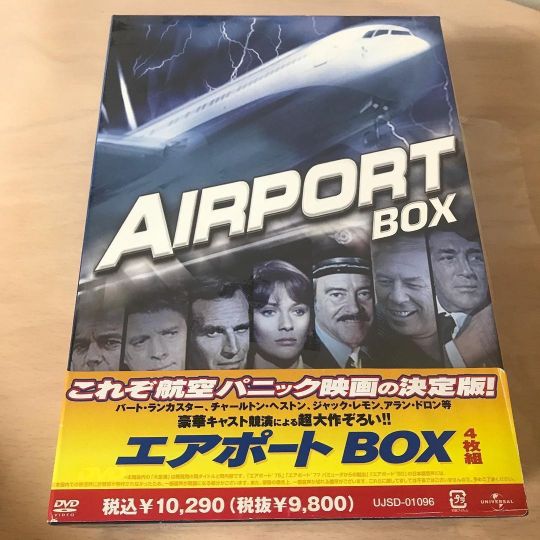
第二作目…吹き替えあり。 今回はボーイング747 小型機がコックピットに激突し ジャンボも操縦士を失う。 CAのナンシー、カレン・ブラックのアップで 山脈を越える表現手法(笑) #airportbox #エアポート75 #airport1975 #1974年製作 #106min #charltonheston #karenblack #georgekennedy #gloriaswanson #helenreddy #efremzimbdalistjr #susanclark #sidcaesar #lindablair #danaandrews #roythinnes #nancyolson #ednelson #myrnaloy #augustasummerland (Yokosuka, Kanagawa) https://www.instagram.com/p/ChJaOHwpb-8/?igshid=NGJjMDIxMWI=
#airportbox#エアポート75#airport1975#1974年製作#106min#charltonheston#karenblack#georgekennedy#gloriaswanson#helenreddy#efremzimbdalistjr#susanclark#sidcaesar#lindablair#danaandrews#roythinnes#nancyolson#ednelson#myrnaloy#augustasummerland
0 notes
Text
Seattle SuperSonics Acquire Archie Clark In Trade with Washington Bullets
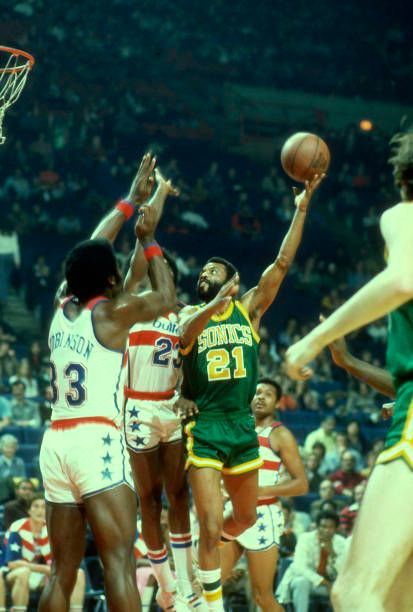
On August 20th, 1974, the Seattle SuperSonics traded forward Dick Gibbs and a 1975 third round draft pick (Tom Kropp) to the Washington Bullets for Archie Clark.
Archie Clark joined the Baltimore Bullets when he was traded by the Philadelphia 76ers early in the 1971-72 season for guards Fred Carter and Kevin Loughery. A quick and slick scoring guard, Clark was coming off his first season averaging over 20 points a game.
Clark was initially unhappy, refusing to play for the Bullets until they renegotiated his contract. Eventually, Clark returned hoping that the Bullets would alter his deal while he continued to play. Clark continued to be a primary scorer after joining the Bullets. He was a premier scorer for Baltimore throughout the ‘71-‘72 season
While Clark’s contract situation was going on, Bullets star Earl Monroe had also feuded with the club. He made public his pursuit of a trade out of Baltimore and refused to play again for the Bullets after three games.
For the Bullets, the potential star pairing of Clark and Monroe in the backcourt was a dud. Both players failed to show up to their hyped up debut together in an October 22, 1971 game with the New York Knicks. The moment left the Bullets organization with egg on its face. (via the Baltimore Sun):
“[Bullets head coach] Gene Shue had received a tip early in the afternoon that his new backcourt combination was going on a sitdown strike. But the coach referred all questions to the front office which treated the player revolt with more tight-lipped security than the CIA.
“Vice president Jerry Sachs preferred to give the two recalcitrants the benefit of the doubt and waited until 8:10 P.M. before he informed the fans of the situation. When it finally became obvious that Monroe and Clark weren’t going to make a last minute appearance, PA man Johnny Dark made the following announcement: ‘The Bullets regret to announce that neither Earl Monroe nor Archie Clark are in uniform tonight. When they failed to report for tonight’s game, the Bullets announced that they are placing both of them under suspension.’
“Struggling To ease the fans’ pain, the Bullets agreed to give any unhappy spectators tickets of comparable value for the game with Chicago here, November 10. But it hardly eased the pain for Shue, who has been struggling to put his team together since the start of training camp.”
Monroe got his wish eventually, ending up on the Knicks in a trade for Mike Riordan, Dave Stallworth and cash. The Bullets struggled immensely with the new-look roster.
At one point, Baltimore was a mediocre 29-39. Despite the bad record, the team was blessed by playing in a weak division. Baltimore held on to the Central Division crown with a 38-44 record. Since they won their division, the Bullets were guaranteed a playoff spot. They finished with the third best record in the Eastern Conference.
Clark was the primary offensive option in Baltimore’s attack. The speedy guard, put up 25.1 PPG, 3.5 RPG and 8.0 APG in 76 games and 42.7 MPG. Clark’s efforts that season allowed him to make the All-Star team for the second time in his career. Clark also made the All-NBA Second team as well.
In the 1972 postseason, the Bullets battled the New York Knicks in the Conference Semifinals. Clark had 38 points in the opener and nailed some clutch free-throws down the stretch as the Bullets won in overtime 108-105.
Knicks guard Walt “Clyde” Frazier had 30 points, 11 rebounds and nine assists as New York cruised to a 110-88 rout in Game Two to even the series 1-1. Game Three was close, but Clark had 35 points and Bullets forward John Tresvant blocked Earl Monroe with 19 seconds left to preserve a one-point win.
The Knicks nearly blew a 16-point lead in Game Five, but clutch field goals from Frazier and Bill Bradley helped New York narrowly take home Game Four 104-98.
Starter Jerry Lucas came alive for the Knicks in Game Five, compiling 20 points, 16 rebounds and six assists as the Knicks comfortably won 106-82. New York eliminated Baltimore in the sixth game with a 107-101 win. A decisive 19-8 run by the Knicks in the final four minutes was Baltimore’s undoing. Clark finished the series with a remarkable 26.7 PPG on 43.7% on field goals, 4.0 RPG and 7.8 APG in 45.2 MPG.
After the down year, the Bullets made a splash when they traded forward Jack Marin to the Houston Rockets for superstar Elvin Hayes. The addition of Hayes transformed the Bullets with a powerful tandem of Hayes and Wes Unseld dominating the glass.
Clark’s unhappiness about his contract simmered once again. He refused to report to training camp. Earning a reported $135,000 with the Bullets, Clark was looking for an annual salary of $375,000. The Bullets fined Clark $350 for every day that he missed.
By late October of 1972, Clark and the team were still far apart in negotiations. The Bullets offered Clark a salary of $175,000 while Clark yearned for $300,000.
Clark and the Bullets went to arbitration. He requested that he be made a free agent, but the arbitration board, consisting of three club owners, rejected Clark. An independent arbitrator was brought in, but Clark and the club eventually agreed on a two-year contract that was believed to be worth $250,000 annually before the arbitrator’s ruling.
By the time Clark returned from his contract dispute, he had missed more than half of the season. Baltimore’s offensive pecking order had shifted dramatically. Hayes had become the featured player in the team’s offense, and perimeter players Phil Chenier and Mike Riordan stepped up in Clark’s absence.
Baltimore finished the season first in the Central Division and had the third-best record in the Eastern Conference at 52-30. Clark made appearances in 39 games and amassed 18.3 PPG, 3.3 RPG and 7.1 APG in 37.9 MPG.
The Bullets faced the New York Knicks for the third consecutive year in the playoffs. The Knicks took the first game 95-83, thanks to a combined 48 points from the backcourt duo of Frazier and Monroe.
The Knicks’ guard combo continued to flummox Baltimore as 61 points from Frazier and Monroe led to a 123-103 Knicks victory. Knicks forward Bill Bradley stepped up for 23 points in a 103-96 win as New York took a commanding 3-0 series lead.
Elvin Hayes had 34 points and 13 caroms, and Clark collected 21 points in a 10 assists as the Bullets staved off elimination with a 97-89 victory in Game Four. The Knicks put the series away with a 109-99 win.
Clark had 30 in the loss and put together a solid overall series. The diminutive guard recorded 21.2 PPG on 50% shooting, 3.4 RPG and 5.2 APG in five contests and 42.8 MPG.
Going into 1973 training camp, the Bullets featured rookies Tom Kozelko and Nick Weatherspoon along with the returning Elvin Hayes and Mike Riordan at the forward position. One thing that changed was the team name, as the club moved out of Baltimore and went by the Capital Bullets.
Clark had suffered a separated shoulder and missed the beginning of the season. He also missed a stretch of games due to a sore elbow. With his role reduced and the rise of Kevin Porter, Clark finished with depressed numbers in his eighth season. He managed 13.1 PPG, 2.5 RPG, 3.1 APG and 1.1 SPG in 56 games and 31.9 MPG.
The Bullets went on to the 1974 postseason where they faced the New York Knicks for the sixth consecutive year. In the series opener, Elvin Hayes had 40 points. Six Knicks scored at least nine points contributing to a 102-91 New York win.
Capital played better defense in the second game, limiting Walt Frazier and Earl Monroe to a combined 23 points. Bullets guard Phil Chenier scored 35 points and Hayes had 34 points and 21 boards in a 99-87 win, evening the series 1-1.
The third game saw Capital continue to stymie the Knicks’ offense. Kevin Porter had 22 points and the Bullets held the Knicks to 35% shooting in an 88-79 win. The fourth game saw New York’s playoff life on the line as the team trailed by 10 points early in the fourth quarter.
Monroe made a 15-foot jumper with 37 seconds to play to tie the game which eventually went to overtime. Monroe had 10 points in the extra frame and 23 points total as New York won 101-93.
Frazier had 16 points in the fourth quarter of Game Five and 38 points overall to lift the Knicks to a 3-2 series lead in a tight 106-105 win. Facing elimination, the Bullets pulled away in the fourth quarter of Game Six with a 41-25 edge as they won 109-92.
In the seventh and final contest, Monroe had 30 points and the Knicks held Hayes to 12 points in a 91-81 win that eliminated the Bullets. Clark was largely ineffective off the bench in the series, averaging 7.3 PPG on 33.9% from the field, 1.9 RPG and 2.1 APG in 23.9 MPG.
In the 1974 offseason, the Bullets decided to deal Clark to the Seattle Supersonics. Clark ended his stint with the Bullets with 19.6 PPG, 3.1 RPG, 6.8 APG and 1.1 SPG in 171 career games. The scoring guard shot 48% from the field and 78% from the charity stripe in that time frame.
Dick Gibbs originally joined the Seattle SuperSonics for the 1973-74 season after he was included as the future considerations in a 1972 trade between the Sonics and Kansas City-Omaha Kings.
Seattle began the ‘73-‘74 just 3-9 and continued to be a sub .500 team. The team finished the year 36-46. Gibbs had a solid season in Seattle. Known as a hustler that provided a boost of energy, Gibbs played in 71 contests and managing career-highs of 10.8 PPG, 3.1 RPG, 1.1 APG and 0.5 SPG in 21.5 MPG.
Coming into the 1974-75 season, the Seattle SuperSonics didn’t have a ton of hype. With NBA legend Bill Russell still looking to form a contender out of the young franchise, Seattle hovered around .500 for much of the year. Positioned at 36-39, the team won its last seven games to finish 43-39.
Clark was the third option in Seattle behind Spencer Haywood and Fred Brown. The veteran point guard was solid, contributing 13.9 PPG, 3.1 RPG, 5.6 APG and 1.4 SPG in 77 games and 32.2 MPG.
Seattle went to the postseason and faced the Detroit Pistons in the first round of the Western bracket. In the series opener, Spencer Haywood and Fred Brown combined for 45 points in a 90-77 SuperSonics win. After scoring a season-low 77 points, the Pistons found their offensive groove, shooting 58% in Game Two and winning 122-106 to tie the series 1-1.
Seattle built an early lead in the rubber game of the series. Detroit answered and cut the deficit to two points in the fourth quarter, but rookie Tom Burleson’s 26 points and 16 rebounds was enough in Seattle’s 100-93 win. Clark started all three games in the series, amassing 12.0 PPG on 39.5% from the field, 5.3 RPG and 4.0 APG in 33.7 MPG.
The Sonics advanced West Semifinals where they matched up with the number one seed Golden State Warriors. In the opening game, Warriors forward Rick Barry had 39 points, 11 assists and eight steals in a 123-96 Warriors rout.
The second game saw Haywood contribute 28 points and 15 rebounds. Seattle overcame a nine-point deficit in the final eight minutes to eke out a 100-99 win. Barry scored 33 points in Game Three and made several key plays down the stretch to guide the Warriors to a 105-96 win and a 2-1 series lead.
The Warriors were cold in Game Four, going 34-95 (35.8%) from the field and Burleson had 29 points and 15 rebounds in a 111-94 SuperSonics win. Warriors forward Jamaal Wilkes led the way with 24 points in a 124-100 Golden State blowout victory.
Golden State closed out the series in the sixth game. Barry had 31 points and George Johnson had 18 points, 15 rebounds and eight blocks off the bench in a 105-96 win. In the six-game matchup, Clark averaged 10.7 PPG on 46.4% from the field, 2.7 RPG and 3.2 APG in 29.7 MPG.
In the 1975 offseason, Clark had not signed his contract to return to the SuperSonics. Though the Sonics had the right to match any potential contract offers from other teams, general manager and coach Bill Russell decided to deal the guard to his hometown team, the Detroit Pistons for a future first round pick. Clark also maintained a job in Detroit, making him more inclined to want to play there.
The Bullets got off to a great start during the 1974-75 season, winning their first seven games as well as 11 of their first 13. Thanks to an elite defense, the Bullets finished tied for the best record in the NBA with a 60-22 record. Gibbs had a much smaller role in Washington compared to Seattle. The forward appeared in 72 games with the Bullets and compiled 3.3 PPG and 1.0 RPG in 7.2 MPG.
In the postseason, the Bullets entered into a matchup with the Buffalo Braves. The Braves won the first game before Washington took Games Two and Three to take a 2-1 series edge. Both teams traded wins after that with the Bullets taking the series in the seventh and final game with a 115-96 victory.
The next round saw a duel between the Bullets and Boston Celtics. Washington took three of the first four games. Boston won Game Five, before the Bullets took the series in six games with a 98-92 win.
The Bullets advanced to the 1975 NBA Finals where they were swept by the Golden State Warriors in four close games. Gibbs played just six games during Washington’s Finals run, averaging 1.3 PPG in 2.8 MPG.
After one season with the Bullets, Gibbs was traded in the 1975 offseason to the Buffalo Braves for a first round pick in 1976.
The 1975 third rounder that went to the Bullets ended up as the 48th pick in the 1975 draft and was used on University of Nebraska at Kearney guard Tom Kropp.
The Bullets had high expectations after the Finals run as well as dealing guard Kevin Porter to the Detroit Pistons for star Dave Bing. Though there were big dreams, the Bullets finished 48-34, 12 wins off the previous year’s pace. Kropp had limited minutes in his rookie campaign, making appearances in 25 games. He averaged 0.8 PPG and 0.6 RPG in 2.9 MPG.
The Bullets advanced to a playoff series with the Cleveland Cavaliers in the 1976 Conference Semifinals. The two teams split the first four games, before a Cavaliers win in Game Five.
After the Bullets took the sixth game, Cleveland won the series with an 87-85 win in the seventh game. Kropp appeared in one playoff game, scoring two points in one minute.
Kropp was traded to the Chicago Bulls for a 1977 third round pick before the start of the 1976-77 season.
Dick Gibbs on being traded (via The Spokesman-Review):
“I think shocked is more the word than surprised. I had not anticipated this at all.”
A SuperSonics spokesman on acquiring Archie Clark (via The Spokesman-Review):
“One of the league’s outstanding playmakers and scorers. If we were going to have a problem at guard this season we think we’ve solved it.”
Washington Bullets general manager Bob Ferry on dealing Clark to Seattle (via The Spokesman-Review):
“With the development of Phil Chenier our lead guard, the continued improvement of Kevin Porter along with Mike Riordan’s flexibility, and the addition of Dennis DuVal (a rookie from Syracuse), we felt It was time to make a move with Archie.”
Image via Getty Images/Focus On Sport
0 notes